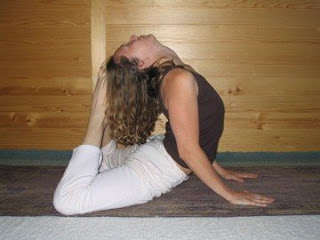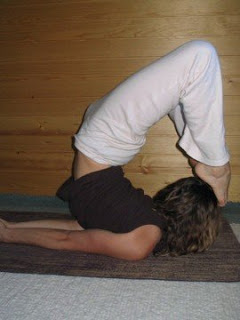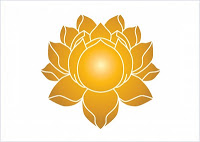 |
| Petra in King Cobra; Poorna Bhujangasana |
 |
| Locust / Shalabhasana; don’t try this at home! |
There are in fact way more than 9 benefits. I picked the number 9 out of a hat (not literally) before I started, and worked around it. There are actually so many benefits to a regular yoga practice that I could write on and on about it for the rest of my life… but I don’t have time for that, and neither do you. But you get the picture. The only other thing I feel I should mention before I leave you is ENERGY: I mentioned consciousness before, and pure vibrational energy… well, that’s what you are. Sometimes, that energy gets kind of ‘twisted’, or blocked, and then we feel… well, not so good. Yoga practice gets the energy flowing properly. The consequence of that is not only that we feel better, but that our evolution is accelerated. That’s right, we become more evolved. Our consciousness is raised. You can put this a number of different ways: for example, you can say that the higher chakras are awakened, or balanced; you could say that the kundalini is awakened (for my own experience of chakraas and kundalini see here); or you could simply say that the vibration is raised. Either way, the effect is unmistakable. I’ll talk more about the energetic effects of yoga practice in part 2: pranayama.



